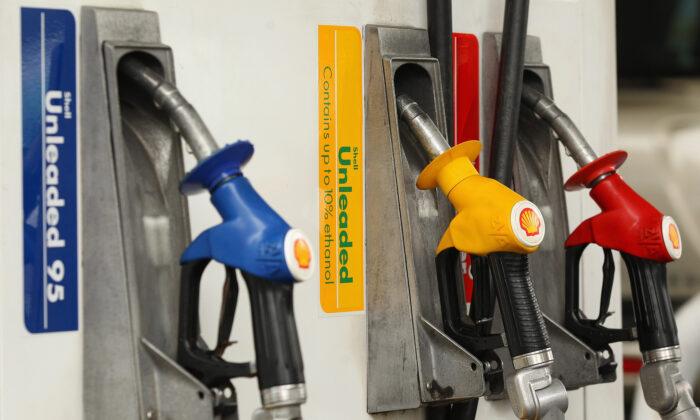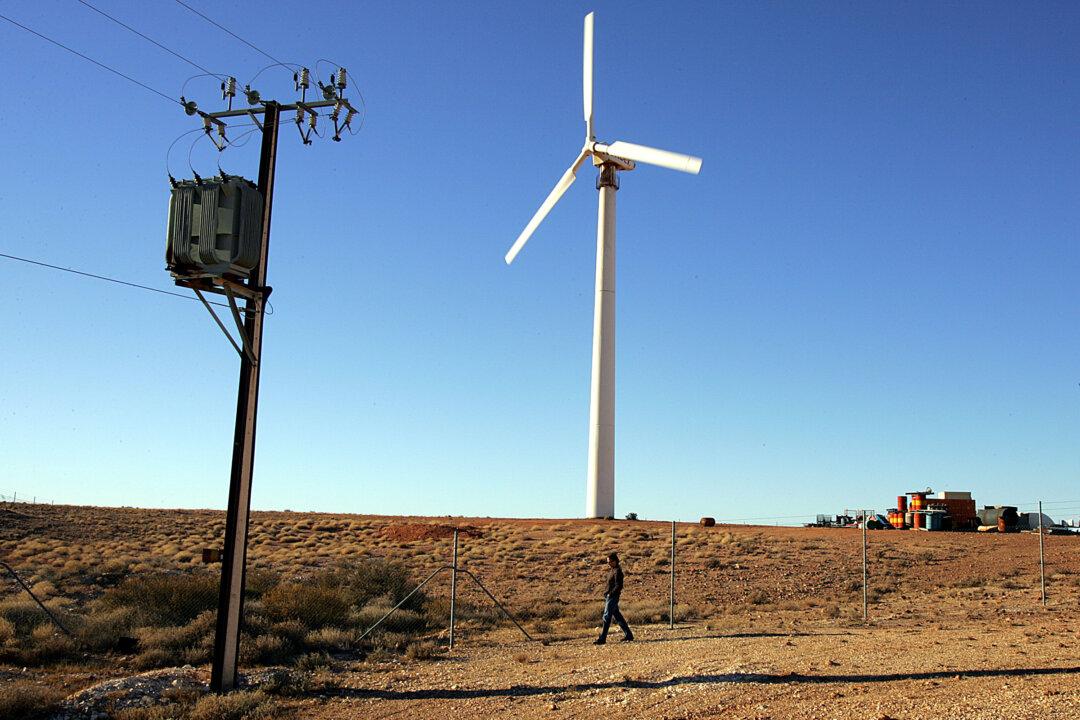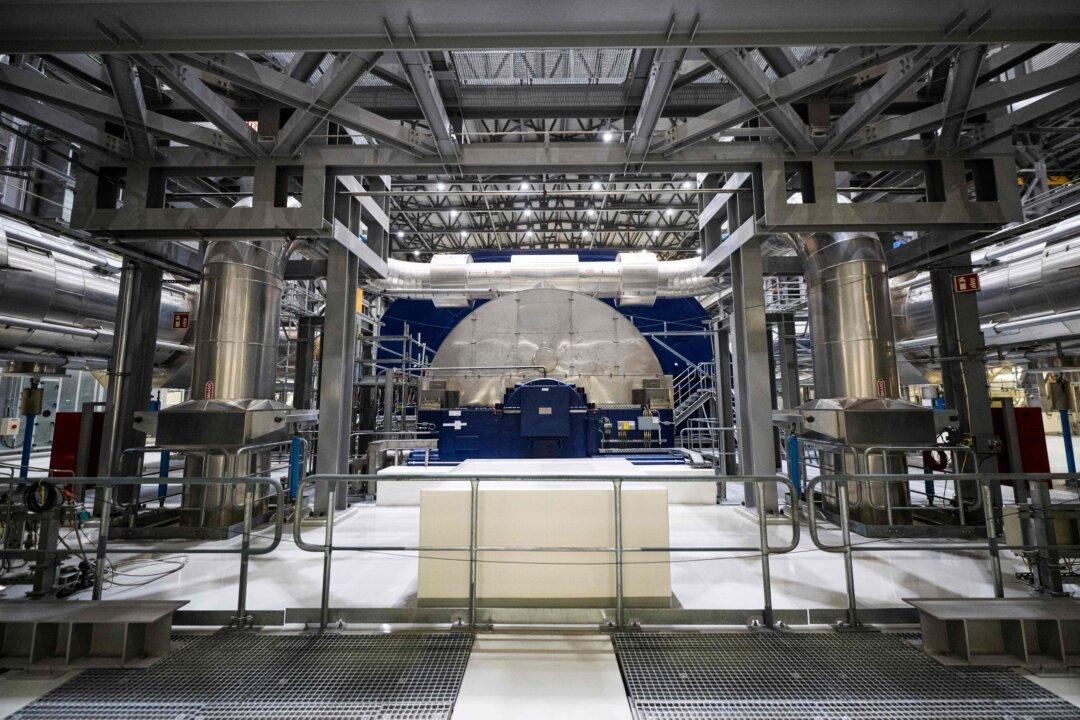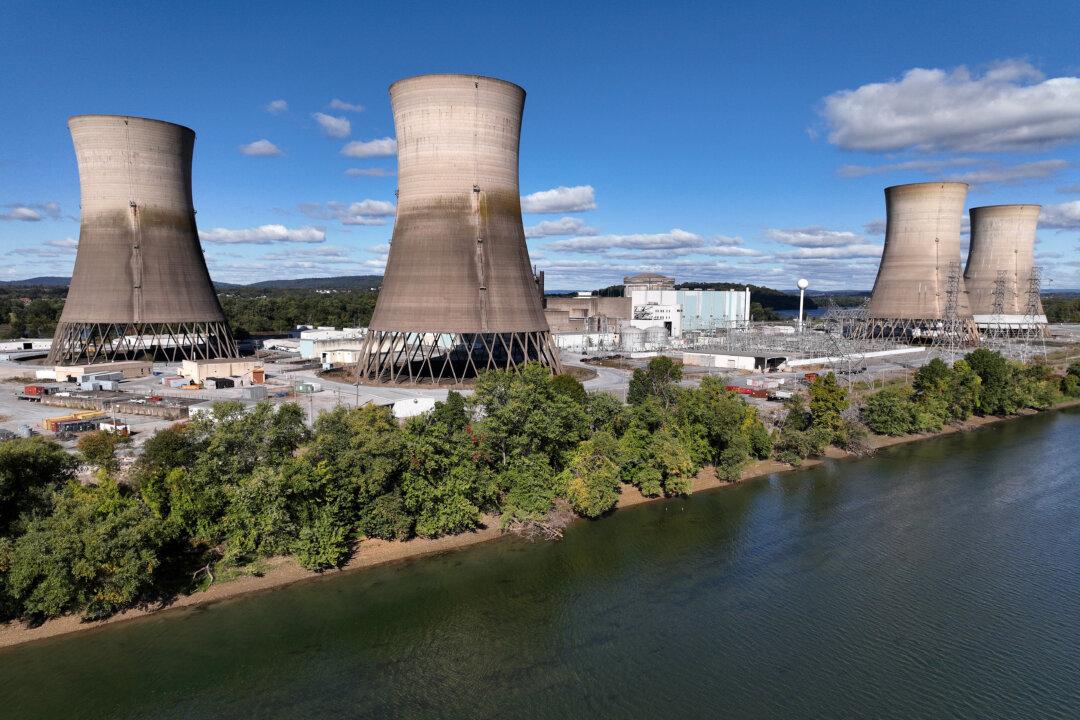Petrol prices have gone up for three consecutive weeks across Australia as the effect of the federal government temporarily halving fuel excise was overshadowed by global factors.
However, motorists in capital cities such as Sydney, Canberra, Brisbane and Darwin were paying well above $1.80 a litre, while prices in regional Northern Territory far exceeded $2 a litre.
“Unfortunately, oil prices are still rising,” Commonwealth Securities chief economist Craig James said.
James found that Brent crude oil, the global price benchmark for Atlantic basin crude oils, had leapt by 44.5 percent since the beginning of 2022.
“It is no surprise that consumer prices are soaring across the globe,” he said.
The increase in fuel prices will drive up transport prices, which in turn will exert upward pressures on inflation.
After the Reserve Bank of Australia (RBA) lifted the cash rate by 0.25 percent to curb inflation, banks and lenders are expected to pass that increase on to borrowers in full in the upcoming weeks.
Sarah Megginson, a senior editor at the financial comparison website Finder, said that the above development would exacerbate mortgage stress in May and June as monthly payments rose.
“The past two years have seen a record number of buyers enter the property market, but many haven’t budgeted for a rainy day,” she said
She advised that borrowers who seriously had difficulty making repayments should speak to their lenders straight away as they may be given an opportunity to restructure their loans.

Nevertheless, this figure would only be half of the six percent projected inflation rate, and it is expected that employees will have to wait until the end of 2023 to see wages outstrip prices.
“The key to lifting wages is lifting productivity,” Labor leader Anthony Albanese told reporters in Sydney.
He was promising that if Labor won the election, it would work with businesses and unions to increase wages, hold a full employment summit and change industrial laws to prioritise work security.
However, Prime Minister Scott Morrison had a different approach to wages growth.
“When businesses are doing well, and when unemployment is going down, then wages go up,” he told reporters in the electorate of Gilmore.
“That is how it works.”





